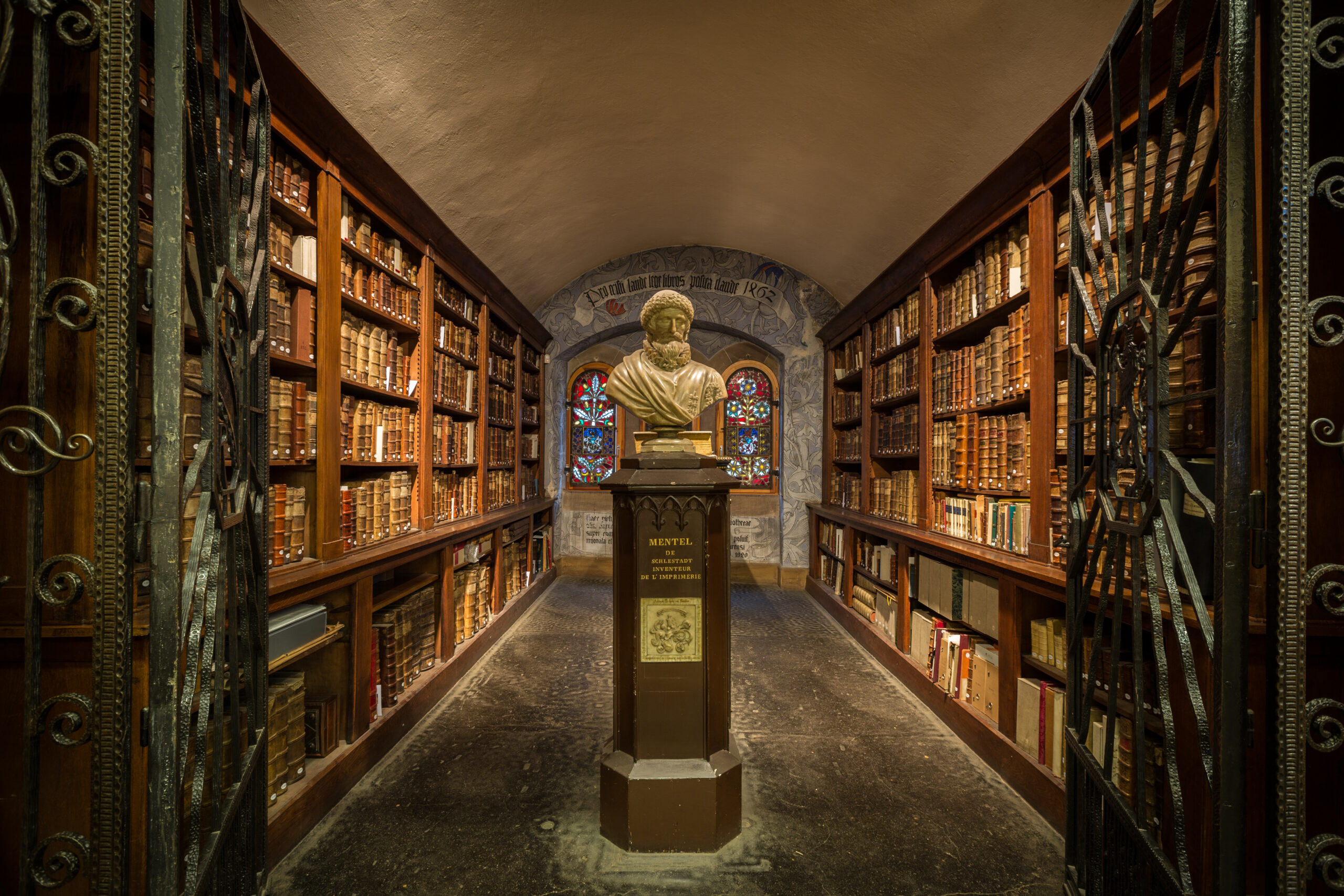
“A symbolic library is like an internal repository of symbols, concepts, forms, etc. As we move through the world as humans and artists, observing, learning, practicing, and growing, we naturally begin to gain experience working with certain symbols and forms. Over time, they get added to our symbolic library.”
Something I am focusing on improving as an artist right now is developing my symbolic library. What is a symbolic library, you ask? Let me explain how I conceive of this concept and how it has developed during my time making art.
A symbolic library is like an internal repository of symbols, concepts, forms, etc. As we move through the world as humans or artists, learning, experiencing, and growing, we naturally begin to gain experience working with certain symbols and forms. Over time, they get added to our symbolic library. For me, one of the first things which I found that I immediately loved to paint were eyes. I was simply naturally drawn to eyes because of their beauty and complexity, as well as their symbolic value to me. I love their ubiquitous nature for the human experience and how they represent consciousness.
Over time, I became more and more skilled at representing eyes, both by observing their structure and functions, but also through the experiences of learning about how I enjoy painting them through the act of doing it over and over via artistic experimentation. Now, I feel very comfortable drawing eyes. I don’t need references for eyes, I can simply draw an eye at will. I can say that eyes are safely contained within my symbolic library.
I can’t just draw eyes forever, though. There is an entire world of forms, symbols, and concepts which intrigue and inspire me. I yearn to make ever more complex work which incorporates and blends many different things. I have become aware, however, that some things are challenging for me to paint because I do not have much experience with them. These things do not yet exist within my symbolic library. For instance, if I wanted to paint a skull years ago, this would have posed me a challenge, and it did. What do skulls look like? What important forms exist within a skull? How does the light hit a skull? Where are the important contours? How does the jaw, teeth, eye sockets work in the anatomy of a skull? These are the kinds of questions and answers which we gain through observing, working and playing with a symbol.
At first, the unfamiliarity we face with a new symbol might represent a barrier to us. We may just keep making the same symbols which we feel comfortable with, but I think this is a trap. If we practice overcoming those barriers and pushing through the challenges of learning and incorporating new symbols into our library, then I think we will begin to grow much more quickly as artists. In fact, if we embrace this process is becomes quite fun. After painting and drawing numerous skulls from different angles and in different poses, I now feel like skulls are a modest resident of my symbolic library. I can visualize them in my mind, I understand their anatomy, I can make them do what I want. Rinse and repeat for the next symbol.
“It is like a visual encyclopedia which exists in my mind’s eye and which I can bust out on the fly at any time. A mental spell book which contains all the art spells which I have mastered.”
Adding new symbols to my library used to be a mostly unconscious process for me. I would intuitively find a symbol which interested me and begin to draw or paint it. Now, I am actively seeking out symbols which I like and making a point to learn all about them and understand them intimately. Once I observed the process was happening I decided to make it explicit. I am keeping a list of symbols which I consider to already be within my symbolic library, along with a list of symbols which I have specific plans to add through study, investigation, observation, and of course, practice.
Dovetailing off my last post concerning programming habits, I am focused on observing and playing with these symbols consistently. I am seeking out interesting references and examples wherever I can, observing them in nature, and practicing sketching and painting them. My goal is to incorporate the ever growing list of symbols into my internal symbolic library. It is like a visual encyclopedia which exists in my mind’s eye and which I can bust out on the fly at any time. A mental spell book which contains all of the art spells which I have mastered. It gets even more fun once you begin to represent and mix them together in novel new ways.
I am excited to continue to grow my symbolic library. I look forward to when dragons live in there amongst the faeries, when the wizards can co-mingle with the aliens, and all the succulent floras and faunas of my imagination can grow eyes as they burst out of Pegasus skulls amidst the mushrooms and crystals peppering the landscape.
What symbols are in your symbolic library? What symbols would you like to add? Let me know in the comments!
Image: Bibliothèque humaniste de Sélestat 21 janvier 2014-97.jpg
This file is licensed under the Creative Commons Attribution-Share Alike 3.0 Unported license.
Attribution: Claude Truong-Ngoc / Wikimedia Commons – cc-by-sa-3.0
